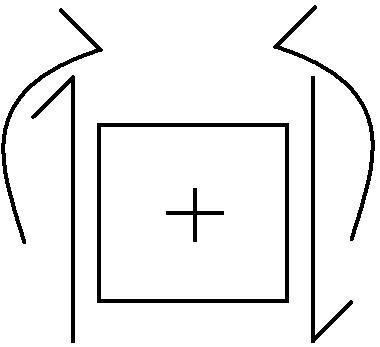 | ||
Direct integration is a structural analysis method for measuring internal shear, internal moment, rotation, and deflection of a beam.
Contents
For a beam with an applied weight
The internal moment M(x) is the integral of the internal shear:
The angle of rotation from the horizontal,
Integrating the angle of rotation obtains the vertical displacement
Integrating
Each time an integration is carried out, a constant of integration needs to be obtained. These constants are determined by using either the forces at supports, or at free ends.
For internal shear and moment, the constants can be found by analyzing the beam's free body diagram.For rotation and displacement, the constants are found using conditions dependent on the type of supports. For a cantilever beam, the fixed support has zero rotation and zero displacement. For a beam supported by a pin and roller, both the supports have zero displacement.Sample calculations
Take the beam shown at right supported by a fixed pin at the left and a roller at the right. There are no applied moments, the weight is a constant 10 kN, and - due to symmetry - each support applies a 75 kN vertical force to the beam. Taking x as the distance from the pin,
Integrating,
where
Integrating the internal shear,
Assuming an EI value of 1 kN
Because of the vertical supports at each end of the beam, the displacement (
For the given EI value, the maximum displacement, at x=7.5m, is approximately 500 times the length of the beam. For a more realistic situation, such as a uniform load of 1 kN and an EI value of 5,000 kN·m², the displacement would be approximately 1 cm.
